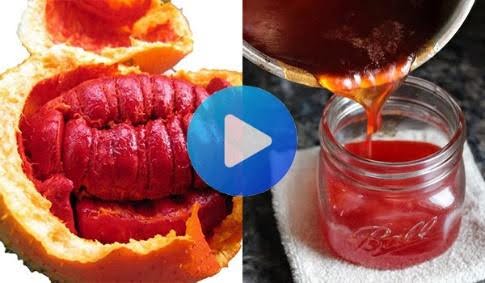Bubbly water, or sparkling water, has become a trendy alternative to sugary sodas and plain water, offering a fizzy, flavorful experience without the guilt. Brands like LaCroix, Bubly, and Topo Chico dominate the market, each boasting unique flavors, carbonation levels, and ingredient profiles. Here’s a closer look at what makes bubbly water so popular, and whether it lives up to the hype.

First and foremost, the appeal of bubbly water lies in its versatility. It caters to those who crave the effervescence of soda but want a healthier option. Most varieties are calorie-free, sugar-free, and contain no artificial sweeteners, relying on natural fruit essences for flavor. From classics like lemon and lime to exotic blends like passionfruit or cucumber-mint, the flavor range is extensive and continuously evolving.
When it comes to carbonation, not all sparkling waters are created equal. Brands like Perrier and San Pellegrino offer a more subtle fizz, while others, like Topo Chico, provide a sharper, more robust bubble. This variety lets consumers choose their ideal level of effervescence, whether they prefer a gentle tingle or a powerful burst of bubbles.
However, bubbly water isn’t without its downsides. Some people find the flavors inconsistent or artificial, especially with brands that use natural essences. Additionally, the carbonic acid in sparkling water can erode tooth enamel over time, making moderation key.
Overall, bubbly water is a refreshing and guilt-free way to stay hydrated. It’s a fantastic alternative for those trying to cut back on sugary beverages or simply looking for something more exciting than plain water. While it may not please everyone’s palate, its growing popularity suggests it’s here to stay.



